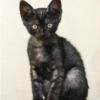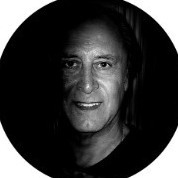Present day workflow and Topaz Photo AI
-
Recently Browsing 0 members
- No registered users viewing this page.
-
Similar Content
-
- 1 reply
- 307 views
-
- 2 replies
- 306 views
-
- 2 replies
- 232 views
-
Day dreaning
By Louis,
- 2 replies
- 252 views
-
- 13 replies
- 657 views
-






Recommended Posts
Join the conversation
You can post now and register later. If you have an account, sign in now to post with your account.
Note: Your post will require moderator approval before it will be visible.